Body Paragraph Structure
Understanding the structure of a body paragraph is crucial for crafting effective and coherent writing. Each part of the structure serves a specific purpose in developing the main idea and supporting the overall argument of the essay.
Here is the typical structure of a body paragraph:
Topic Sentence
The topic sentence is the first sentence of a body paragraph and introduces the main idea of the paragraph. It should be clear, concise, and directly related to the thesis statement of the essay.
A strong topic sentence sets the tone for the paragraph and gives the reader an idea of what to expect.
Supporting Sentences
Supporting sentences follow the topic sentence and provide evidence, examples, and explanations to develop the main idea. These sentences should be well-organized and logically connected to ensure coherence.
Types of evidence include facts, statistics, quotes from experts, and real-life examples.
Explanation and Analysis
In addition to presenting evidence, it's important to explain and analyze how the evidence supports the topic sentence. This involves interpreting the significance of the evidence and connecting it back to the main idea of the paragraph.
Concluding Sentence
The concluding sentence wraps up the paragraph by summarizing the main point and providing a transition to the next paragraph. It reinforces the topic sentence and ensures that the paragraph ends on a strong note.
The TEAR structure is also an effective way to organize body paragraphs to ensure clarity and coherence. TEAR stands for Topic sentence, Evidence, Analysis, and Recap.
| Component | Description | Example |
| Topic Sentence | Introduces the main idea of the paragraph and relates to the thesis statement. | "Effective communication is a vital skill in the workplace." |
| Evidence | Provides facts, statistics, quotes, or examples that support the topic sentence. | "According to a recent survey, 85% of employees believe that good communication skills are crucial for career advancement." |
| Analysis | Explains and interprets the evidence, showing how it supports the topic sentence. | "This statistic highlights the importance of communication skills in achieving professional success, as it demonstrates that the majority of employees recognize its value." |
| Recap | Summarizes the main point of the paragraph and transitions to the next paragraph. | "Therefore, developing effective communication skills is essential for anyone looking to succeed in the workplace." |
How To Write a Body Paragraph
Creating an effective body paragraph is essential for building a strong, coherent essay.
Body paragraphs are typically placed between the essay introduction and the conclusion, forming the core of the essay.
Follow these steps to ensure each paragraph is well-structured and supports your overall argument, as detailed in your essay outline:
Step 1: Understand the Purpose
Before you start writing, understand the purpose of your body paragraph. Each paragraph should support your thesis statement and contribute to the overall argument or narrative of your essay.
Step 2: Write a Clear Topic Sentence
Start with a topic sentence that introduces the main idea of the paragraph. This sentence should be clear, concise, and directly related to your thesis statement.
Example: "Effective communication is a crucial skill in the workplace."
Step 3: Provide Supporting Evidence
After the topic sentence, include supporting sentences that provide evidence to back up your main idea. Use facts, statistics, quotes, or real-life examples. Ensure your evidence is relevant and credible.
Example: "A recent survey found that 85% of employees believe good communication skills are essential for career advancement."
Step 4: Explain and Analyze the Evidence
Explain and analyze the evidence you provided. Show how it supports the topic sentence by interpreting the significance of the evidence and connecting it back to the main idea. This step is crucial for demonstrating your critical thinking skills and deep understanding of the topic.
Example: "This statistic highlights the importance of communication skills in professional success, as it demonstrates that most employees recognize their value."
Step 5: Conclude with a Concluding Sentence
End the paragraph with a concluding sentence that summarizes the main point and provides a transition to the next paragraph. This sentence should reinforce the topic sentence and ensure the paragraph ends on a strong note.
Example: "Therefore, developing effective communication skills is essential for anyone looking to succeed in the workplace."
Step 6: Ensure Coherence and Flow
Make sure your sentences are logically connected and that the paragraph flows smoothly from one idea to the next. Use transitional words and phrases to maintain coherence and guide the reader through your argument.
Step 7: Review and Revise
After writing your paragraph, review it to ensure it effectively supports your thesis statement and follows the TEAR structure (Topic sentence, Evidence, Analysis, Recap).
Revise for clarity, coherence, and conciseness.
Example Paragraph:
Topic Sentence: "Effective communication is a crucial skill in the workplace." Evidence: "A recent survey found that 85% of employees believe good communication skills are essential for career advancement." Analysis: "This statistic highlights the importance of communication skills in professional success, as it demonstrates that most employees recognize their value." Concluding Sentence: "Therefore, developing effective communication skills is essential for anyone looking to succeed in the workplace." |
How to Write a Body Paragraph for a Research Paper
Writing body paragraphs for a research paper requires a precise approach to ensure clarity, coherence, and credibility. Here’s how you can craft effective body paragraphs for a research paper:
- Write a Clear Topic Sentence
Begin with a topic sentence that introduces the main idea of the paragraph and relates directly to your thesis statement. - Introduce and Cite Evidence
Provide credible supporting evidence, such as data, statistics, or quotes from experts, and cite your sources properly. - Analyze and Interpret the Evidence
Explain how the evidence supports your topic sentence, discussing its significance and implications. - Connect to the Broader Argument
Relate the analysis back to the broader argument of your research paper. Show how this paragraph fits into your overall thesis and contributes to the understanding of the topic. - Conclude with a Recap or Transition
End with a concluding sentence that summarizes the main point or transitions to the next paragraph.
How to Write a Body Paragraph for an Essay
Crafting body paragraphs for an essay involves presenting a coherent argument that supports your thesis statement. Here’s how to write an effective body paragraph for an essay:
- Write a Clear Topic Sentence
Start with a topic sentence that clearly states the main idea of the paragraph and links back to your thesis statement. - Provide Supporting Evidence
Include relevant evidence, such as facts, statistics, examples, or quotes from credible sources. - Explain and Analyze the Evidence
Interpret the evidence and explain how it supports your topic sentence, highlighting its significance. - Conclude with a Recap or Transition
End with a sentence that summarizes the main point or transitions to the next paragraph.
Don'ts of Writing a Body Paragraph
When writing your body paragraphs, be mindful of these additional pitfalls to ensure clarity, coherence, and effectiveness in your writing:
- Avoid unsupported claims; always provide evidence.
- Use quotes sparingly; ensure they directly support your points.
- Stay focused on your main idea; avoid introducing new concepts.
- Stick to relevant information; avoid tangential details.
- Provide specific evidence; avoid overgeneralizing.
Now you know how to write an effective body paragraph for essays and research papers.
By following these guidelines, you can ensure your paragraphs are clear, well-supported, and contribute meaningfully to your overall argument.
However, if you're still struggling with your writing or need further assistance, you might be thinking, Can I pay someone to do my essay? The answer is yes! Our essay writing service is here to help you craft compelling and well-structured academic papers.
So, trust your essays to our professional writers and place your order today!
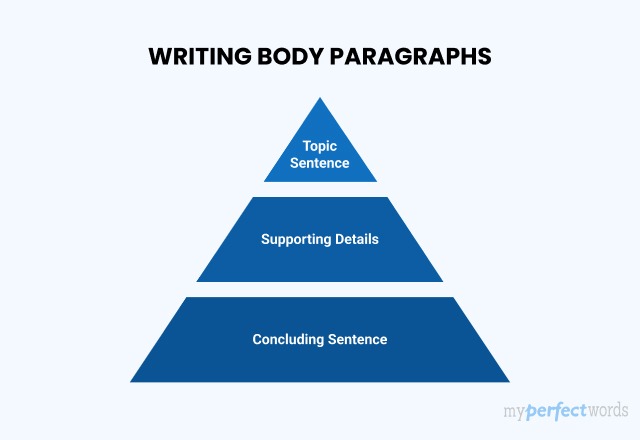

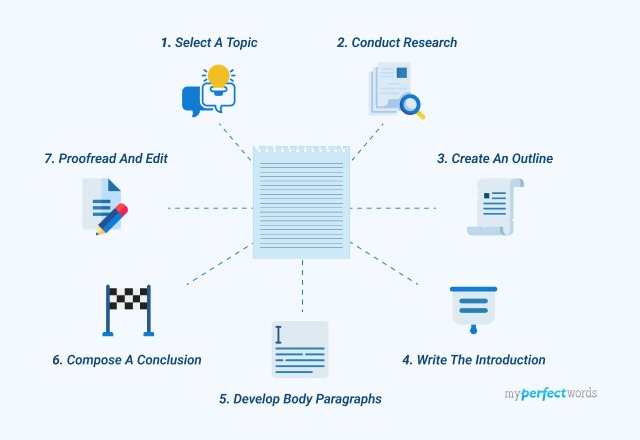

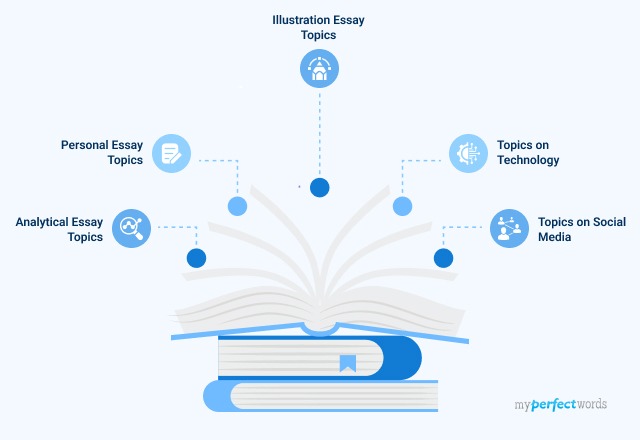


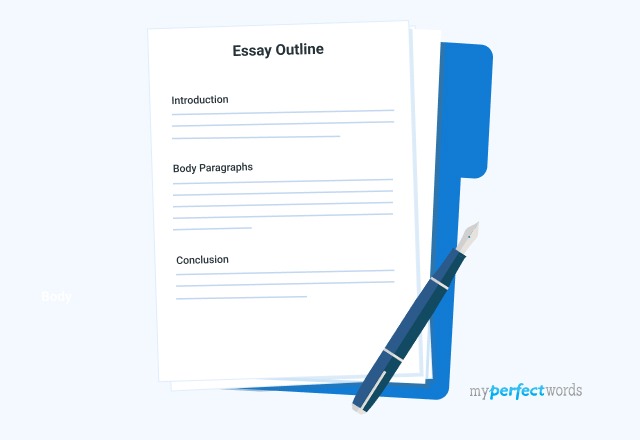

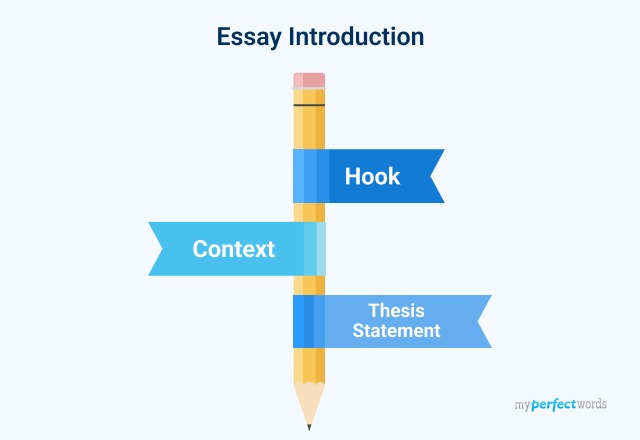


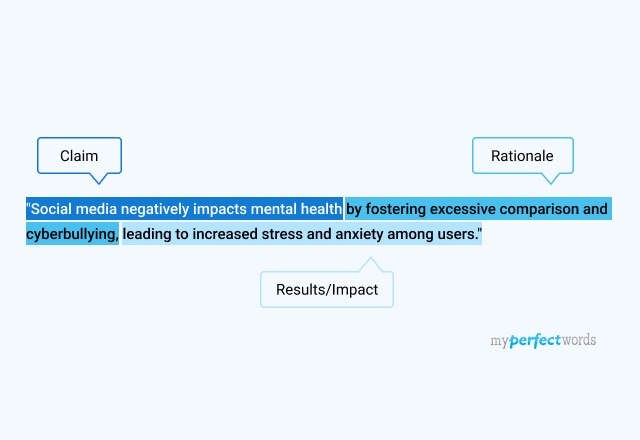








-9261.jpg)
